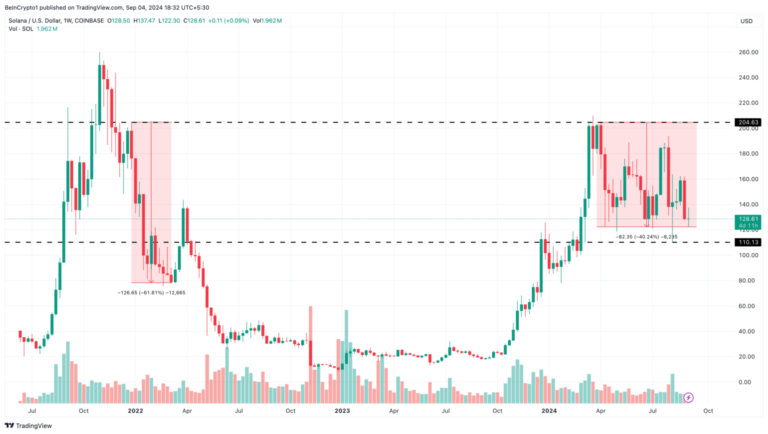
- The US debt ceiling crisis, with a historic $36 trillion debt, has caused a temporary halt in debt issuance, reducing global liquidity and potentially leading to a bitcoin correction.
- While short-term volatility is expected, long-term projections remain optimistic, with experts forecasting a significant rise in bitcoin’s value as global liquidity recovers.
The US debt has reached an unprecedented $36 trillion, triggering a historic pause in debt issuance by the Treasury. This unexpected move, which could stretch until mid-March 2025, has sent shockwaves through global markets. As liquidity tightens, the effects on various financial assets—including bitcoin—are undeniable. Bitcoin, often touted as a safe haven in uncertain times, may face a major correction as the debt ceiling crisis unfolds.
The Immediate Impact: Liquidity Contraction and Market Volatility
In response to the ballooning national debt, US Treasury Secretary Janet Yellen announced a temporary suspension of debt issuance starting January 21, 2025. This measure, expected to last until March 14, is designed to stabilize the situation, but it risks sharply reducing global liquidity, a factor that could spell trouble for financial markets.
Raoul Pal, founder of Global Macro Investor, predicts that the reduction in liquidity could trigger a temporary surge in bitcoin’s value, peaking at $110,000 in January 2025. However, as the market adjusts, a correction below $70,000 could follow. According to Pal, bitcoin’s value is deeply intertwined with global liquidity cycles, and the short-term volatility is almost inevitable.
Bitcoin’s Role in a World of Economic Fragility
Despite its perceived strength as a hedge against economic instability, bitcoin is not immune to broader financial trends. The GMI global liquidity index, a key market barometer, is flashing signs of impending bearish pressure. Although bitcoin has been touted as an alternative to traditional financial assets, its behavior remains highly susceptible to shifts in global liquidity, exposing the vulnerabilities even in what is considered a “safe” asset.
A Diverging Viewpoint: Bitcoin’s Long-Term Potential
While the immediate outlook for Bitcoin may seem grim, some analysts remain bullish. Marcin Kazmierczak, co-founder of Redstone, emphasizes that past liquidity crises have shown varied relationships between bitcoin and traditional markets. He suggests that institutional investors will play a pivotal role in steering the cryptocurrency’s future. Their actions, whether stabilizing or exacerbating volatility, will determine how bitcoin fares during this turbulent time.
Despite the stormy waters, many experts are confident in the long-term potential of bitcoin. Jamie Coutts, an analyst at Real Vision, predicts that once global liquidity recovers, bitcoin’s price could soar beyond $132,000 by the end of 2025. Meanwhile, VanEck, an asset management firm, sees the cryptocurrency reaching a jaw-dropping $180,000 after a 30% correction in the first quarter of 2025.
Conclusion: A Bumpy Road Ahead, but Bright Horizons for Bitcoin
The debt ceiling crisis is just the latest challenge for bitcoin, but it also presents an opportunity for growth. In the short term, volatility and uncertainty are likely, but the outlook for the cryptocurrency in the longer run remains optimistic. With institutional adoption, increasing liquidity, and a growing recognition of its value as a store of wealth, bitcoin could very well emerge stronger from this period of economic instability. For now, investors should brace for a rocky road ahead but keep an eye on the potential long-term rewards.







